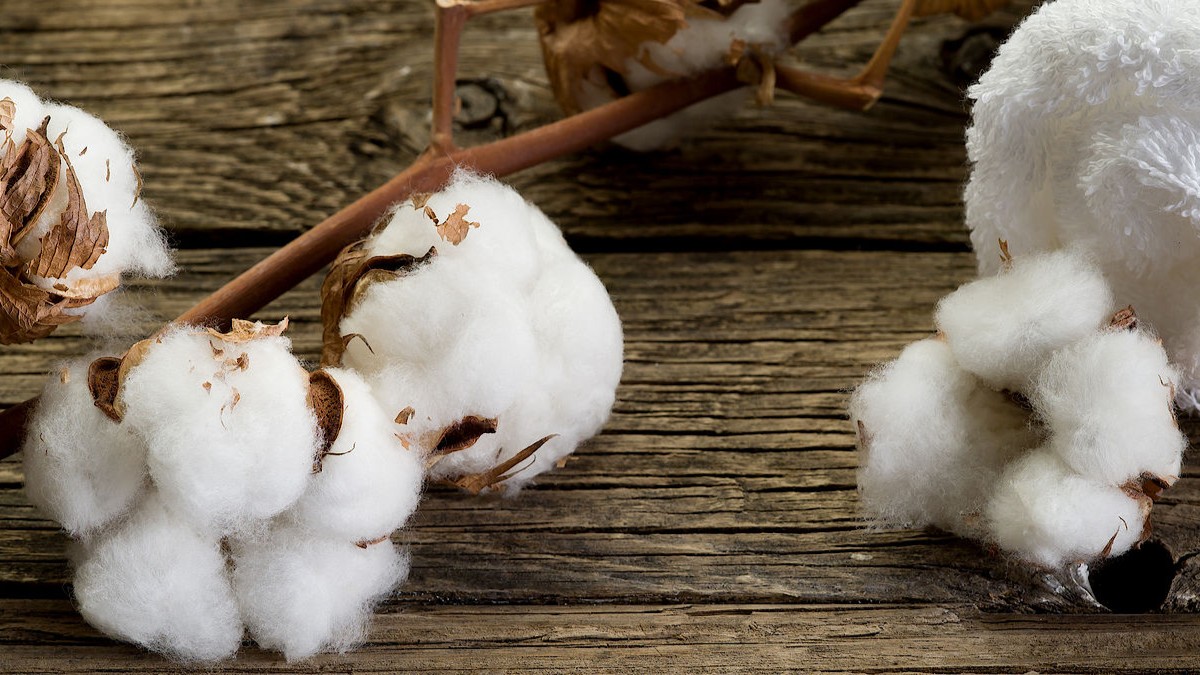The global textile industry imposes a significant burden on the environment. According to statistics, the carbon emissions from the textile industry account for approximately 8–10% of global emissions, which is the combined total of the aviation and shipping industries. The annual water usage reaches 93 billion cubic meters, enough to supply drinking water for 5 million people for a year. The dyeing and finishing process causes about 20% of industrial wastewater pollution. Additionally, the total volume of clothing waste amounts to 92 million tons, of which 87% is incinerated or buried. Against this backdrop, the shift of the textile industry toward eco-friendly and sustainable materials has become urgent. This not only helps reduce resource consumption, wastewater, and carbon emissions, but also promotes the circular economy and supply chain transparency, ending the industry's high-consumption mode that harms the planet.
Types of Sustainable Materials
Natural Renewable Fibers
Organic Cotton:
Non-GMO seeds, no synthetic pesticides or fertilizers used, water usage reduced by up to 88%, and lower chemical pollution.
Bamboo Fiber:
Bamboo grows quickly and is eco-friendly; hard bamboo is processed into soft fabrics that are biodegradable.
Natural Fibers like Linen and Wool:
Low water usage and pesticide application, with natural biodegradability.
Recycled Fiber Materials
Recycled Polyester (rPET):
Made from recycled plastic bottles, using 59% less energy than traditional polyester, effectively reducing plastic pollution.
Recycled Nylon:
Recycled from discarded fibers or fishing nets, helping prevent marine waste accumulation.
Recycled Cellulose Fibers (such as Tencel® / Lyocell):
Made from FSC-certified wood pulp, using a closed-loop process that recycles solvents and water resources, with extremely low pollution and biodegradability.
Biobased Materials and Innovative Technologies
PLA (Polylactic Acid):
Derived from fermented plants like corn or sugarcane, offering degradability and low-carbon characteristics.
PHA (Polyhydroxyalkanoates):
A natural plastic formed through microbial fermentation, fully biodegradable.
Mycelium-based Materials and Algae Fibers:
Made from fungal mycelium or algae, these materials resemble leather or textile fibers and are resource-efficient with excellent degradability.
New Technologies, Green Processes, and Challenges
The modern textile industry is adopting water-saving dyeing technologies like digital printing, dry dyeing, and supercritical CO₂ dyeing, reducing water usage by 80-95% and minimizing waste. Integrating clean energy sources such as solar and wind, along with dry fiber processes, can cut fossil fuel reliance and carbon emissions. Using third-party verified non-toxic dyes further ensures safety and environmental friendliness.
However, these green technologies face challenges like high initial costs, slow adoption, and scalability issues, especially for small businesses. The complexity of supply chains and lack of standardized tracking make it hard for brands to fully disclose raw material sources, leading to greenwashing risks and eroding consumer trust.
Application of Eco-Friendly and Sustainable Materials in Textiles
Eco-friendly and sustainable materials are gradually being applied in a variety of textiles, from everyday clothing and sportswear to household items like bed sheets and curtains, and even workwear and specialized clothing. Materials like organic cotton, rPET, and PLA are becoming more commonly used. These materials not only reduce dependency on petrochemical resources but also possess characteristics such as low toxicity, recyclability, and biodegradability, which contribute to enhanced product safety and comfort, while reducing the overall environmental burden. As both design and consumer awareness shift toward sustainability, eco-friendly materials are transitioning from a secondary role to becoming core options in the textile industry.
Future Development of Sustainable Materials
Eco-friendly and sustainable materials are becoming the core force in changing the environmental footprint of the textile industry. From production to recycling, the entire lifecycle can achieve emissions reduction and resource circulation. Future development will not only depend on technological innovation and policy support but also requires collaboration among consumers, designers, and the industry supply chain.
By supporting the use of sustainable fibers and extending the lifespan of products, we can work together to push the textile industry toward a low-carbon, environmentally friendly circular economy, injecting new hope and vitality into the planet.
Circular Economy and Challenges of Product Recycling
Currently, the global textile recycling rate is very low, with only 1% of discarded clothing being recycled into new garments, while the majority is either discarded or incinerated. To change this situation, the circular economy model is gradually emerging, emphasizing recycling, remanufacturing, and extending product life. Emerging technologies like dry fiber production processes and new fiber production from old clothing are reducing energy and water resource use in the manufacturing process while also lowering carbon emissions. Furthermore, the increasing consumer demand for sustainable and traceable products is pushing the industry to strengthen the use of eco-friendly materials and lifecycle management strategies.
In conclusion, the circular economy, technological innovation, and changing consumer behavior are complementing each other and driving the industry toward a truly sustainable future.





.jpg)








